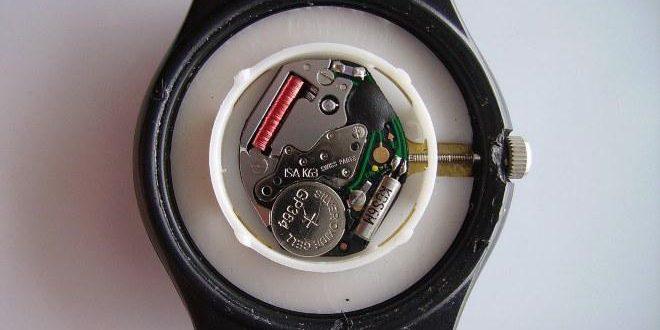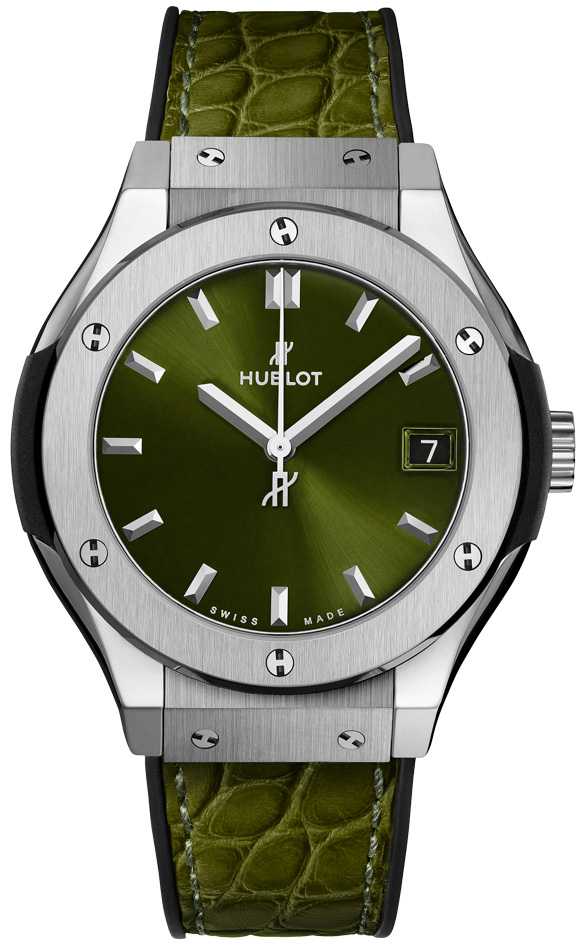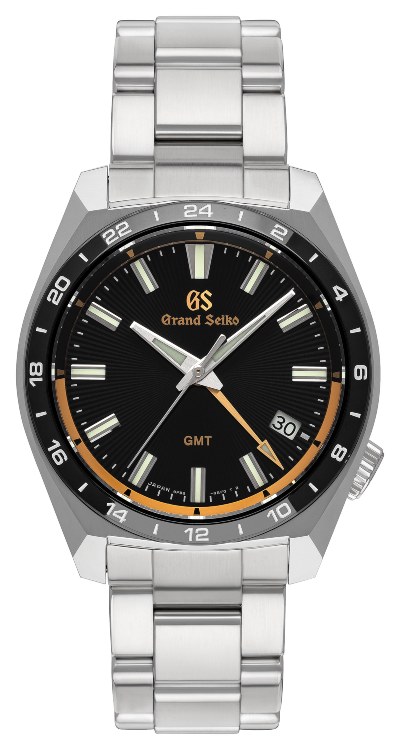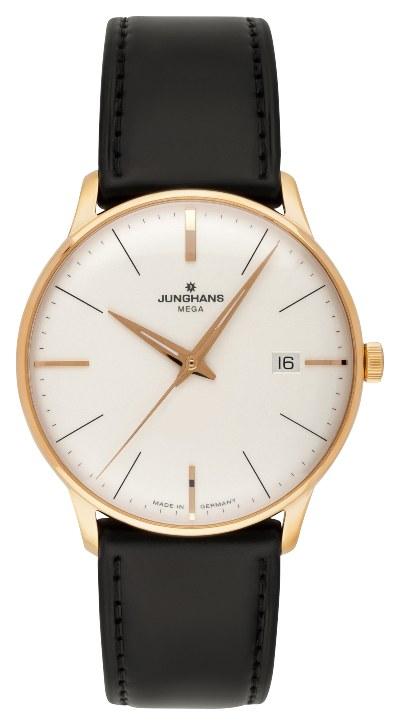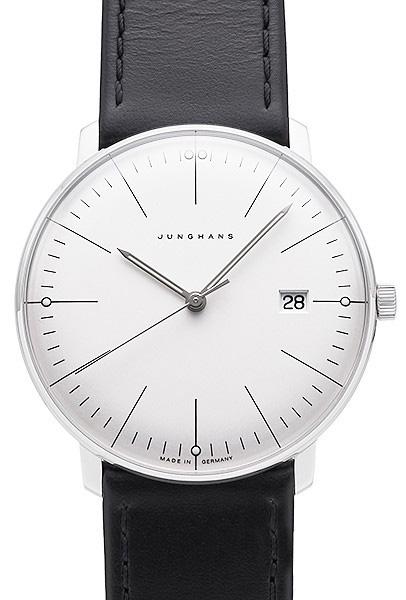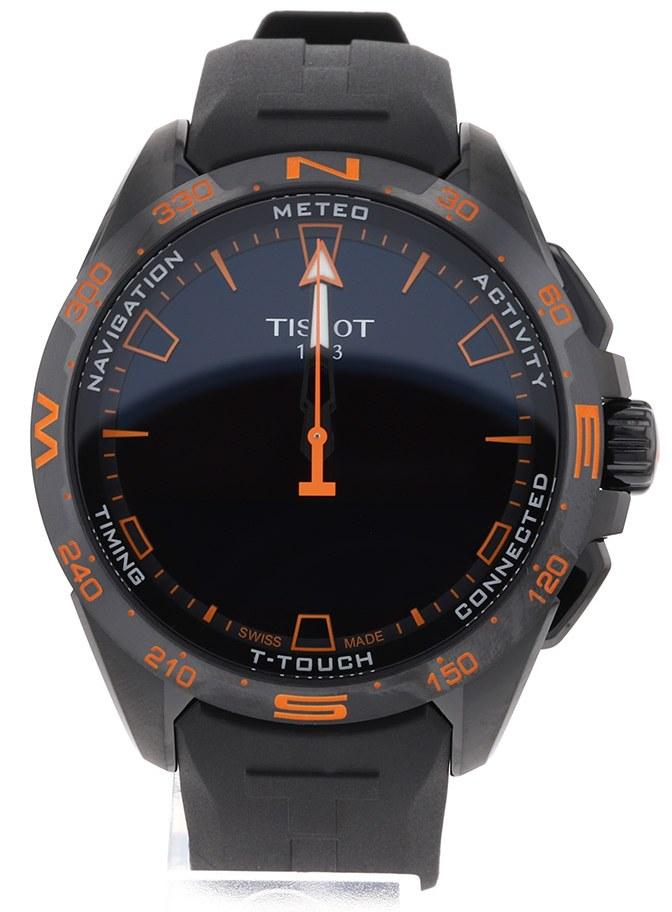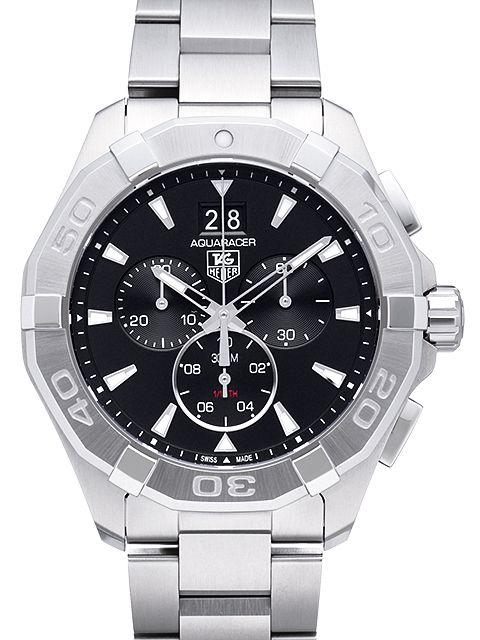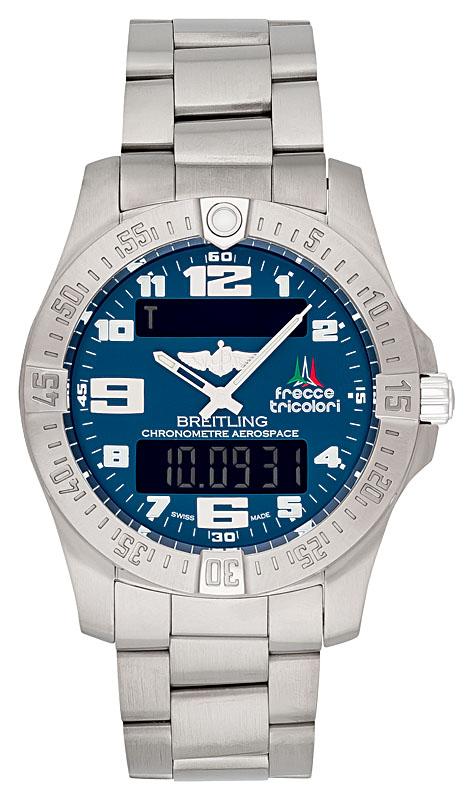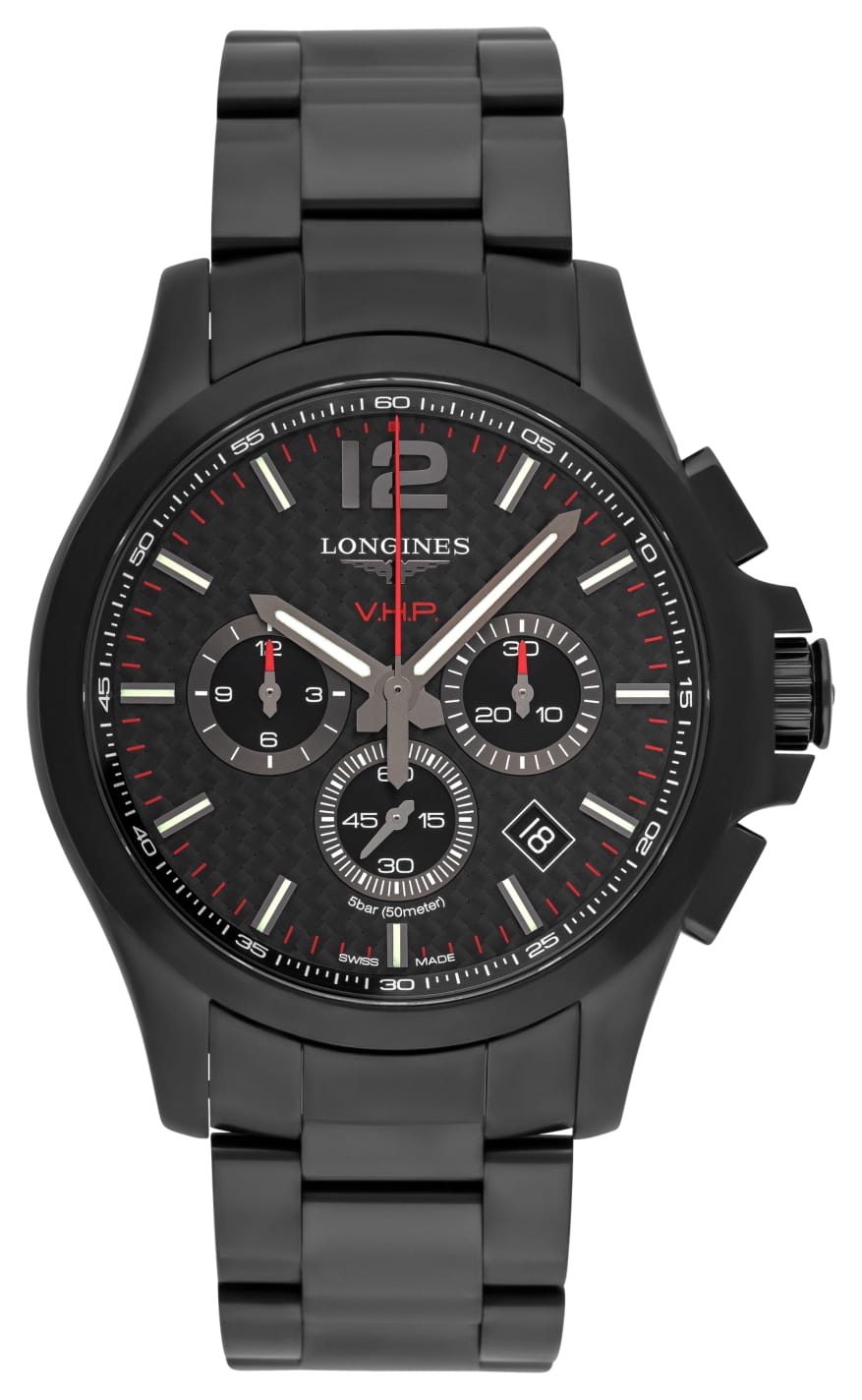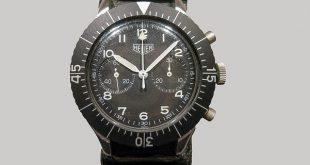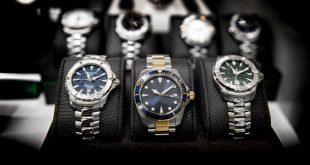« Precise sand gear with crisis potential »
Precise, efficient, and highly controversial, electric movements have caused heated discussions in the watch world and changed the industry like no other innovation of the 20th century. But how does a quartz movement actually work? We take a look behind the scenes of this ingenious microtechnology, explore its history and explain how it works in an understandable way. You can read all about the quartz movement now.
Simply explained: The basic principle of quartz movement
How a mechanical movement works is familiar to most enthusiasts: Energy is stored in a mainspring and passed on via a gear train to the regulating organ (“assortment”), which uses the escape wheel, balance, hairspring and pallet anchor to generate the beat of the timepiece. The beauty is that a quartz movement works in exactly the same way in its basic structure – with the difference that other components are used. The task of storing energy is now no longer performed by a barrel, but by a battery. A gear train still exists. And where in the mechanical movement the assortment provides the correct second beat, quartz movements use a tiny crystal. This quartz crystal determines how much energy the battery is allowed to deliver to the gear train so that exact time measurement takes place. But how does a quartz movement work in detail? Before we clarify this question, we’ll first get to the bottom of how the electrical system came into being.
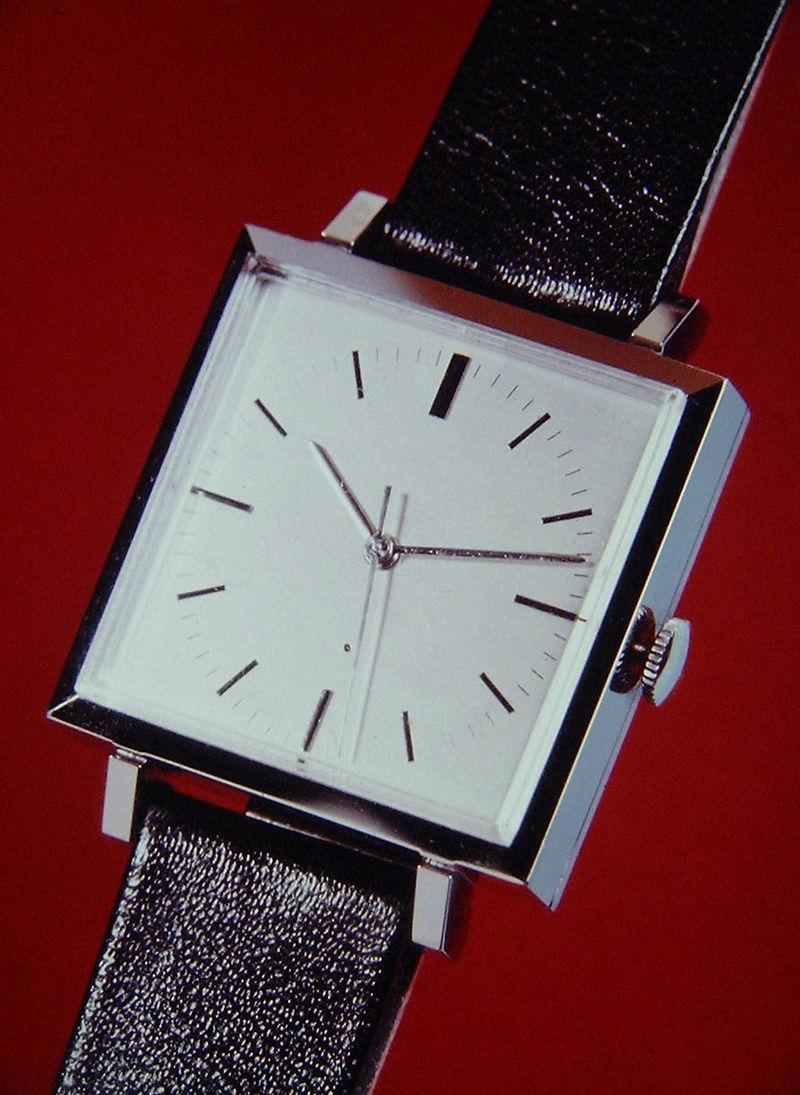
From the laboratory to the wrist: the birth of the quartz watch
The latter begins earlier than one would expect – namely in the 1920s. At that time, the quartz movement was not conceived in its function for wristwatches, but was used in the form of huge apparatus in American laboratories. The breakthrough came with the New York inventors Joseph W. Horton and Warren Alvin Marrison, who presented the world’s first quartz movement in 1927. It is already many times more precise than the mechanical movements of the time, but suffers from extreme fluctuations in precision depending on temperature. However, news of the new invention spreads around the globe like wildfire and leads to enormous technical advances. In 1932, researchers Adolf Scheibe and Udo Adelsberger in Berlin succeeded in ensuring an average daily rate deviation of just 0.002 seconds with the help of constant temperatures. A milestone in time measurement. In 1938, the first freely marketable quartz watch for industry and science appeared.
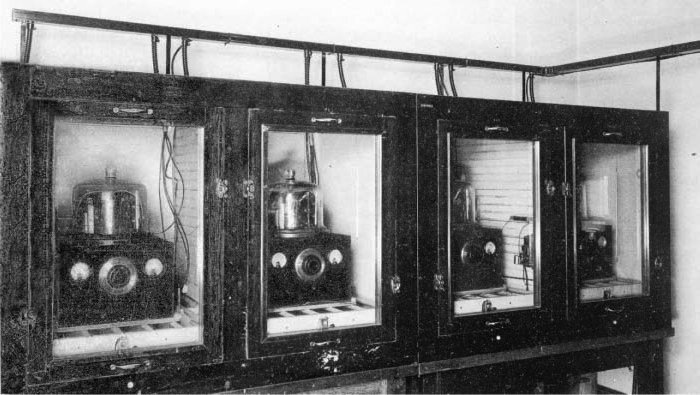
In the post-war period, quartz watches replaced the previously widespread precision pendulum clocks as the scientific standard and were rapidly optimized to more compact designs. The noble Geneva-based manufacturer Patek Philippe, known for its fine mechanical movements, made a decisive contribution to this development. In 1960, it launched the “Chronotome,” the first portable quartz timepiece. At that time, electrical technology was incredibly expensive, making even the best mechanical watches from Rolex, Omega and Co. seem affordable. It was not until 1969 that Seiko succeeded in building the world’s first quartz watch for the wrist, the Astron, which was ready for series production.
How does a quartz movement work in detail?
A look at the complexity of the technology reveals why it took decades to perfect it in miniature. We remember: The quartz crystal regulates how much energy is transferred from the battery to the gear train. But the fork-shaped crystal can’t do it alone: A stepper motor is connected between it and the battery, which offsets the pulses of the quartz crystal with the energy of the battery and transports the latter to the gear train in a throttled manner. The fact that the crystal can generate pulses at all is due to the piezoelectric effect. The latter, which we all know from the piezo igniter of a gas grill, means that certain metals and crystals change their shape under electrical voltage.
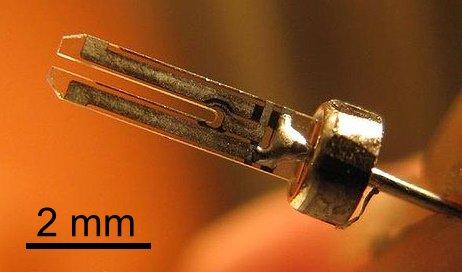
In the technical world, a deformation is referred to as an “oscillation”. How fast these oscillations occur depends on the size and shape of the crystal and influences how many pulses per second are passed from the battery to the stepper motor and ultimately to the gear train. Of course, we want exactly one pulse per second so that the second hand ticks exactly once per second. To ensure that the quartz movement fulfills this function, the entire industry has agreed on a standard value of 32,768 oscillations of the quartz crystal per second. Quite fast, this little tuning fork.
Quartz crisis: Mechanical watches on the precipice
Even with a fertile imagination, inventors Joseph W. Horton and Warren Alvin Marrison could probably not have foreseen the extent to which their technology would change the world of watches. After Seiko launched the first quartz wristwatch in 1969, a veritable storm of revolution swept through the watch world: in 1970, Junghans introduced the Astro-Quartz, the first German version for the wrist, followed by the legendary Hamilton Pulsar in 1972. With a retail price of over $2,000, it was more expensive than many a car in its day. But during the 1970s, quartz technology became so affordable that everyone could afford it, and mechanical watches lost their raison d’être for many people.
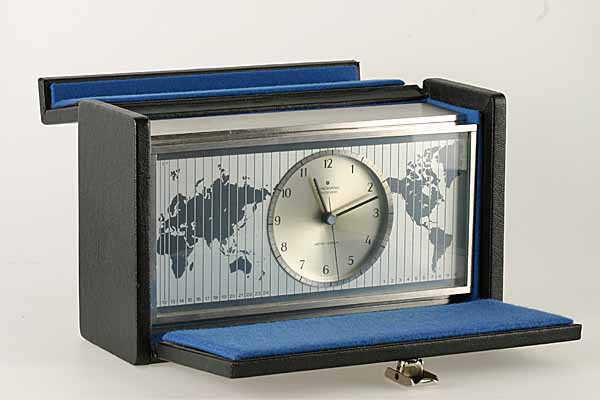
Because quartz was far more precise, far less expensive and often far more reliable than mechanical watches, sales of traditional timepieces plummeted dramatically. By the end of the quartz crisis in the mid-1980s, many traditional brands had gone bankrupt, and thousands of jobs in the traditional watch industry had been eliminated.
From bargain to luxury quartz watches: Today’s model spectrum is huge
We have to admit: Although we are passionate fans of mechanical movements, the speed and accuracy of the quartz movement hold a certain fascination for us. If you want to experience the unbeatable precision of electronic timekeeping, you’ll find it in all price ranges: While the traditional Swiss brand Tissot already offers high-quality quartz watches in the T-Classic and T-Trend collections below the 200-euro mark, Tag Heuer specializes in premium quartz watches with high-performance chronograph functions. The sporty Formula 1 collection, as well as the Tag Heuer Aquaracer, are excellent examples of the manufacturer’s electric expertise. If it should be more affordable, the top brands Hamilton, Junghans and Longines are strong favorites of our magazine besides Tissot.
Those who want to experience electronic technology from its most exclusive side will find a spectacular selection of luxury quartz watches at top brands like Omega and Breitling. The latter take electric timekeeping to the extreme with extreme temperature resistance, long battery life and even higher precision values than regular quartz movements. This shows that quartz does not have to be cheap. The technology has its full justification in the luxury class.
 Uhrinstinkt Magazine
Uhrinstinkt Magazine
